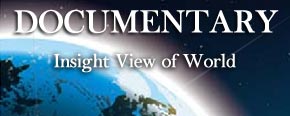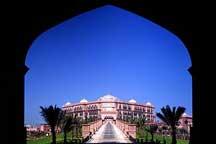 May. 6, 2025
May. 6, 2025
Weather
Ashley's Dairy-- In Hohhot
2009-08-27 15:31 BJTIn the ancient relics wing, we viewed porcelain and blown glass dating back to the Yuan Dynasty, some pieces of which bore a strong resemblance to items unearthed in Persia from the same period. Methods of burial have evolved over the years, and the guide explained how the Mongols transitioned from hanging their dead out to dry (for three years!) to burials to cremation. In some instances, the ashes of the deceased were sealed into a wooden cast of the body; in others, the dead were buried alongside their horses or saddles. Thanks to the hot Mongolian sands, many of the relics from a thousand years ago or more were preserved more or less intact, even silk garments which would seemingly have disintegrated by now.
On the six--hour drive to Erlianhot, we passed through the Da Qing Shan, or Great Dark Mountains, then through some sparse grassland and on into the grasses the region is famous for. The land stretches as far as the eye can see, and at some points along the way, it really felt as if we were the only people in the world. Desertification has taken a toll on the area, and when we stopped at "Dinosaur Road," a roadside landscape consisting of nearly 100 dinosaur statues and clumps of fake plastic trees, I noticed that the soil beneath the clumps of grass was actually sand. We snapped pictures all along the road into the city; I particularly enjoyed the juxtaposition of the prehistoric lizards with the wind turbines spinning lazily in the background.
Erlianhot, where we will remain for the next two days, has a strong Russian influence. Here, the signs are all inscribed in Chinese, Mongolian and Cyrillic, with the occasional Pinyin thrown in for good measure. With that little detail, I'm signing off. Please check back for more to come in the days that follow.
Editor: Zheng Limin | Source: CRI Mail
Mail Share
Share Print
Print


 Video
Video









 2009 China Central Television. All Rights Reserved
2009 China Central Television. All Rights Reserved